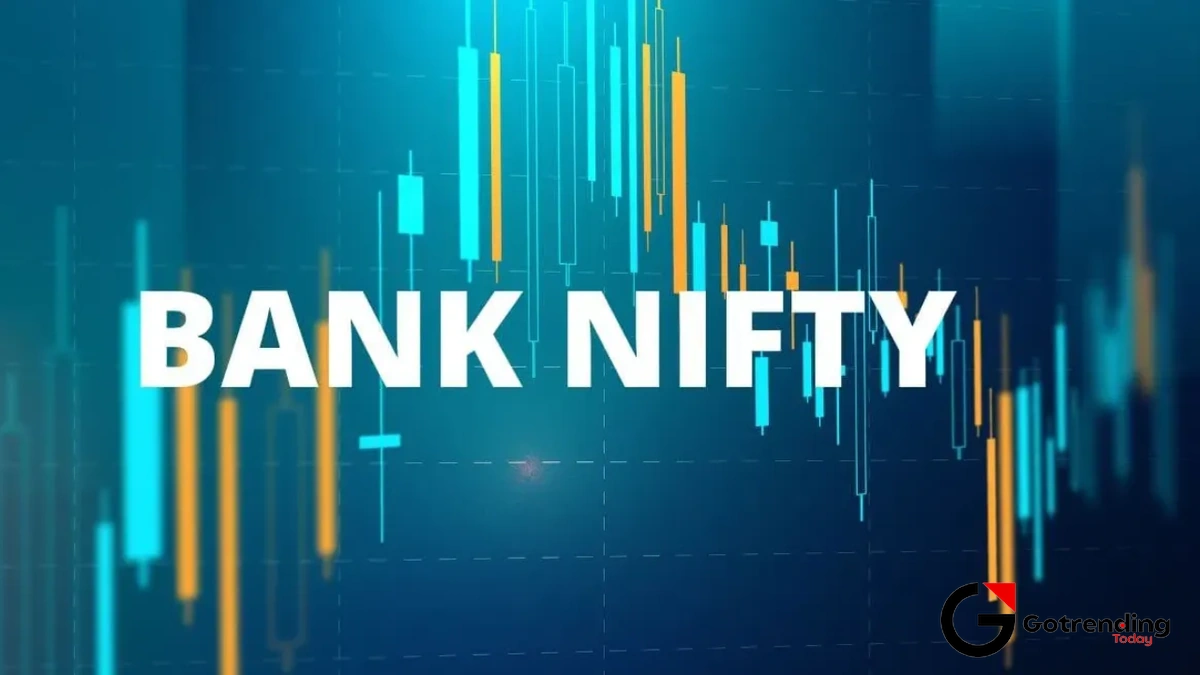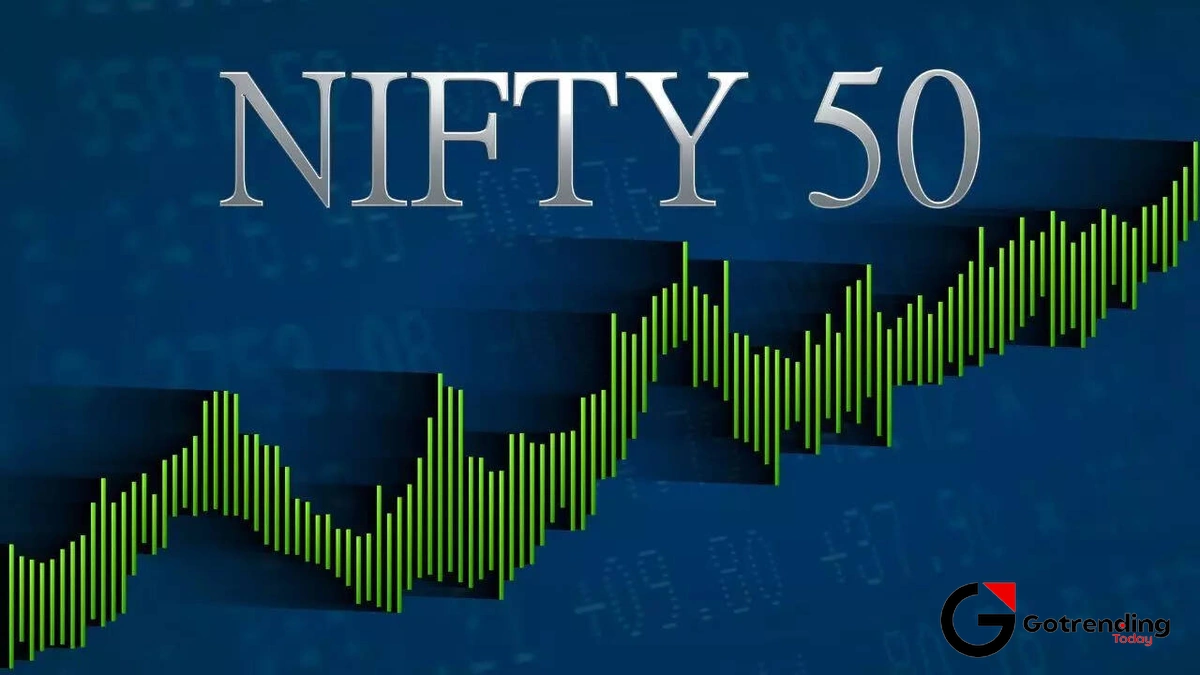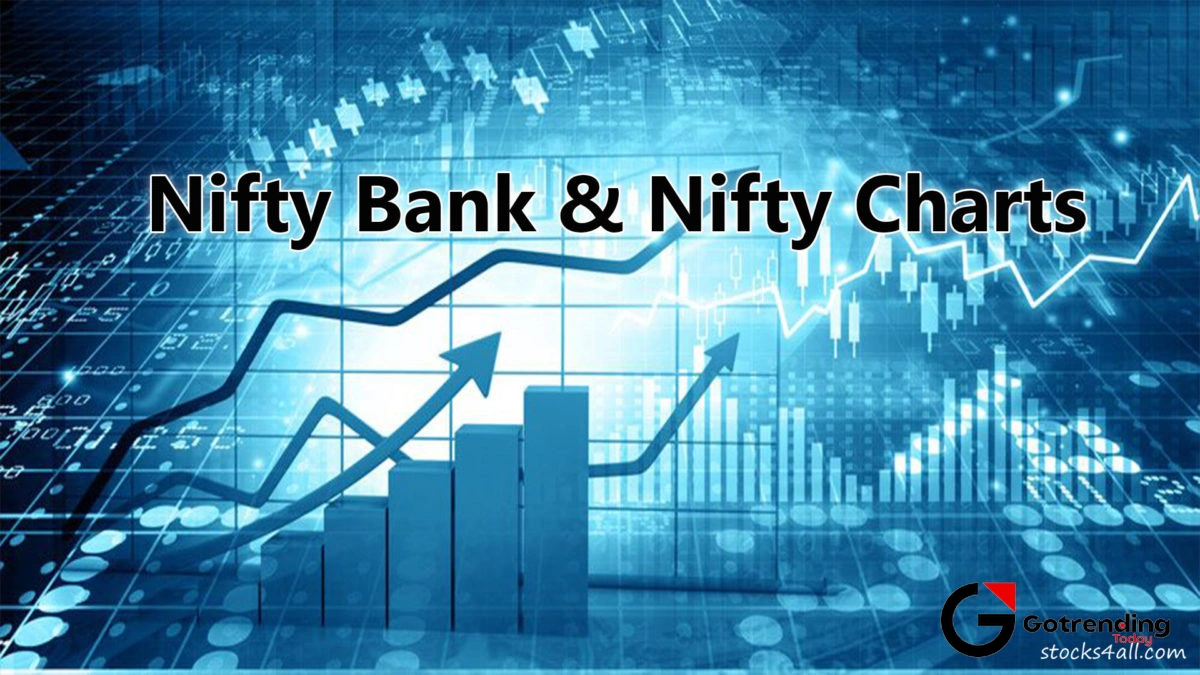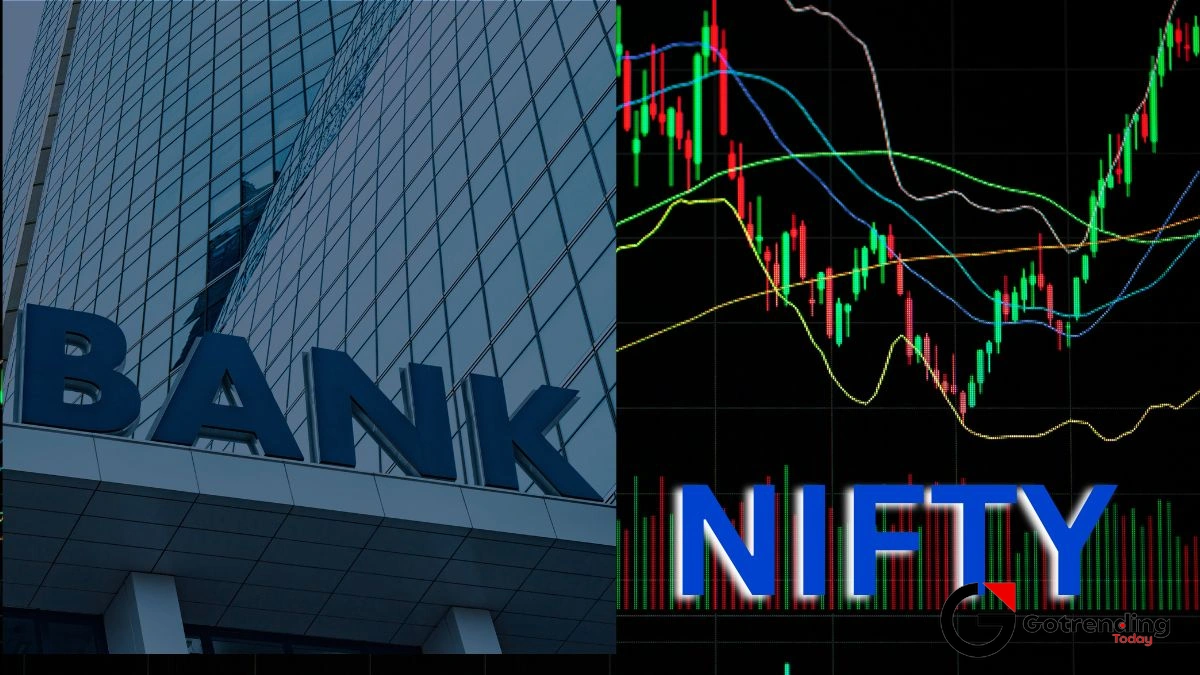Why the Bank Nifty is More Than Just a Number on Your Screen
I have this morning ritual. Coffee, black. A quiet room. And the flickering green and red lights of the market opening. For years, I tried to watch everything at once the broad market, the mid-caps, the sectoral churn. It was exhausting. It felt like trying to listen to every conversation in a crowded stadium. Eventually, I learned to tune out the noise and listen to just one, incredibly loud, often chaotic, but always fascinating conversation. The one being had by the bank nifty .
It’s not just another index. Seriously. The Nifty 50 is the respectable, well-dressed guest at the party, making polite conversation about diversified portfolios. The Bank Nifty? It’s the one in the corner, arguing passionately, laughing too loudly, and knocking over a drink. It’s pure, uncut sentiment about the Indian economy. And once you learn its language, it tells you more than any dozen headlines.
I’ve spent countless hours staring at a nifty 50 chart right next to the Nifty Bank chart, and the story is often in the space between them. When they diverge, that’s when things get interesting.
The High-Strung Heartbeat of the Indian Economy

Let me put it this way. If the Indian economy is a living organism, the banking sector in India is its circulatory system. It’s the network that pumps credit lifeblood to every other part of the body, from the biggest corporations to the smallest retail borrowers. The Nifty Bank, or bank nifty as we all call it, is the EKG hooked up to that system. It’s twitchy. It’s reactive. It’s the first to tell you if the heart is racing with excitement or stressed about what’s coming next.
And that’s the fundamental difference in the bank nifty vs nifty 50 debate. The Nifty 50 is a broad, stabilizing mix of IT, FMCG, Oil & Gas, and yes, Financials. It’s diversified. It’s slower to anger and slower to celebrate. But the Bank Nifty is a concentrated bet on a single, powerful idea: the financial health and credit growth of the nation. This concentration makes it an incredibly volatile index .
It’s the market’s drama queen, and I say that with the utmost affection. It overreacts to RBI announcements. It swoons or soars on inflation data. A vague comment from the US Fed can send it into a tailspin, while a hint of a good monsoon can make it euphoric. Watching it on a heavy news day is its own kind of theatre. It’s like the market on steroids.
So, What’s Actually In This Thing?

This is the part that most people miss. They trade the index without truly understanding its guts. The bank nifty components aren’t all created equal. Not even close. It’s a basket of the 12 most liquid and large banking stocks, but it’s completely dominated by a few private-sector giants.
You have to understand the sheer weight of HDFC Bank and ICICI Bank. Their performance doesn’t just influence the index; on some days, it is the index. If you’re ever wondering why the Bank Nifty is behaving a certain way, your first step should be to check what these two are doing. I often glance at brokerage analyses, and a report from a major player like hdfc securities can offer deep insights into the very stocks that move this index. Knowing the health of the kingpins is essential. It’s like trying to predict a royal court’s mood without knowing how the king is feeling. Good luck with that. For an even more detailed breakdown, the official NSE methodology page is an excellent, if dry, resource.
And then you have the PSU banks. The State Bank of India is a behemoth in its own right, but the other public sector banks in the index often march to a different beat, driven more by government policy and sovereign-related news. They add a different flavor of volatility. Understanding this internal tug-of-war between the private titans and the state-owned players is key to truly getting a feel for the index’s character. It’s less like a single entity and more like a very dysfunctional, very powerful family.
Thinking about how a single company can influence an entire market index reminds me of how a new player can shake up an entire ecosystem. Take the financial sector, for instance; the entry of something like the Jio Finance Share completely changes the dynamic for existing players.
Why You Can’t Afford to Ignore It

Even if you never trade it directly, you should be watching the Nifty Bank . Why? Because it’s a leading indicator. Banks don’t just react to the economy; they often create the conditions for it.
When the Bank Nifty is strong and trending up, it’s a sign of confidence. It means banks are lending, businesses are borrowing, and the wheels of commerce are spinning freely. It signals “risk-on” sentiment. Conversely, when it’s weak and falling, it’s a canary in the coal mine. It suggests tightening credit, nervousness about defaults (NPAs), and a general sense of “risk-off.” It often falls before the broader market does and leads the charge on the way back up.
The sheer chaos of it all can sometimes feel like a video game. I mean, the rapid price movements and the need for split-second decisions feel less like investing and more like navigating a level in Grand Theft Auto . But underneath that chaos is a powerful narrative about where we’re all headed. It’s the story of India’s economic ambition, written in real-time, one tick at a time.
FAQs | Your Bank Nifty Questions, Answered
So, is the Bank Nifty just for expert day traders?
Not necessarily, but it definitely favors the prepared. Because of its volatility, it’s a magnet for day traders using futures and bank nifty options . However, even for a long-term investor, watching its trends provides invaluable insight into the health of the economy. You don’t have to trade it to learn from it.
What’s the biggest mistake people make with this index?
Jumping in without respecting its volatility. Many new traders see the big price swings and think it’s an easy way to make quick money. They go in undercapitalized and without a stop-loss, and the index can wipe them out in minutes. The biggest mistake is a lack of respect for its power.
Why does the Bank Nifty sometimes move so differently from the Nifty 50?
This goes back to the composition. A bad day for the IT sector could drag the Nifty 50 down, but if there’s positive news about interest rates, the bank nifty might actually go up. It’s a specialist index, so it responds very strongly to news specific to the banking sector in India , whereas the Nifty 50 has to balance news from ten different sectors.
How do I even start to understand how to trade in Bank Nifty?
Paper trade first. Seriously. Open a simulator and practice. Watch it for weeks. See how it reacts to news. Understand its key support and resistance levels. Learn about the bank nifty components and watch the heavyweights. Don’t risk a single real rupee until you feel you understand its personality.
Is looking at a nifty 50 chart enough, or do I need to watch the Bank Nifty specifically?
If you’re a passive, long-term investor in a diversified fund, the Nifty 50 chart is probably sufficient. But if you are an active investor or trader, or if you just want a deeper understanding of market dynamics, ignoring the Bank Nifty is like watching a movie with the sound off. You’re missing a huge part of the story.
At the end of the day, my fascination with this index isn’t just about the numbers. It’s because the bank nifty is a raw, unfiltered measure of our collective economic hopes and fears. It’s the story of a nation in a hurry, captured in the frantic dance of bulls and bears. And for anyone trying to understand India’s economic journey, it’s a story worth listening to.













